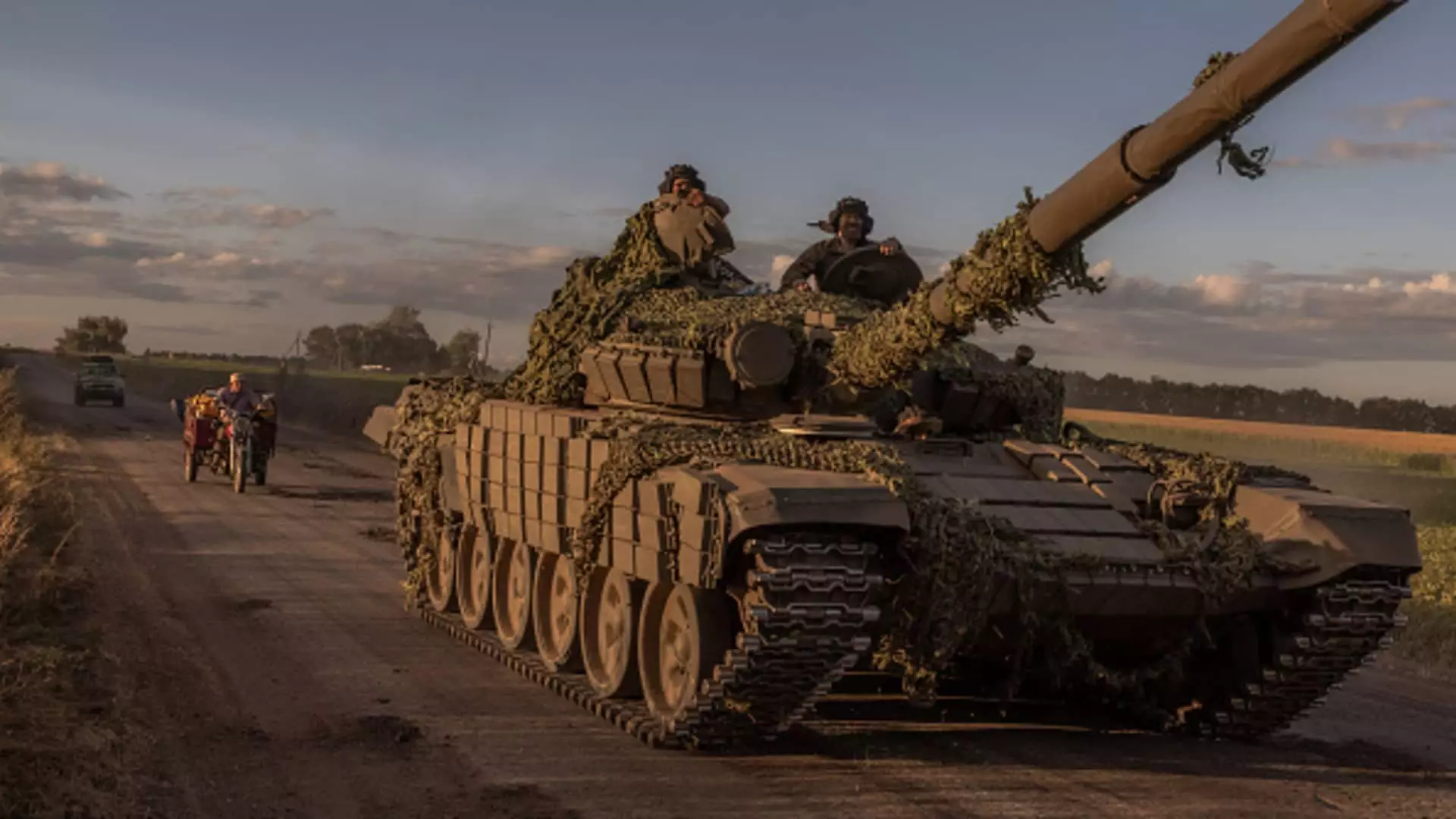In a decisive move reflecting the intensifying nature of the ongoing conflict in Ukraine, the Biden administration is poised to announce a substantial military assistance package worth $1.25 billion. This initiative, which includes advanced weaponry and munitions, underscores the urgency of providing support to Ukraine as it faces relentless assaults from Russian forces. As political climates shift and deadlines approach, the administration aims to bolster Ukraine’s defensive capabilities with the hope of enhancing its position in future negotiations.
The impending aid package comprises a variety of essential military resources, with a particular focus on air defense systems. Among the items included are munitions for the National Advanced Surface-to-Air Missile Systems, as well as the HAWK air defense system. These systems are pivotal for Ukraine, given that they are designed to counter threats from drone and missile attacks, which have escalated in recent weeks. Additionally, the package features Stinger missiles and artillery rounds, including both 155 mm and 105 mm calibers. The array of sophisticated weaponry is aimed at fortifying Ukraine’s defense against an intensified Russian assault on critical infrastructure.
The backdrop of this aid is marked by stark developments on the battlefield. Russia has ramped up its offensive against Ukraine, targeting vital power facilities in a bid to undermine the country’s resilience. The recent pattern of extensive missile and drone strikes challenges Ukraine’s defenses, although reports indicate that a significant number of these threats have been intercepted. The situation has necessitated urgent responses, crossing both military and diplomatic spheres, as the Ukrainian forces continue to engage Russian troops, particularly in regions like Kursk where reinforcements from North Korea have been dispatched.
As the administration prepares this aid package, it finds itself racing against a self-imposed deadline, as President-elect Donald Trump’s ascension to office draws near. Trump has previously signaled an inclination toward negotiating a settlement between Ukraine and Russia, raising concerns among many U.S. and European leaders about the implications for Ukraine’s sovereignty. The fear is that a possible shift in U.S. foreign policy could jeopardize the ongoing support that Ukraine has relied upon since the onset of the conflict. The Biden administration’s urgency in delivering military aid reflects not only a commitment to Ukraine but also a strategic aim to solidify its defensive capabilities before any potential policy changes.
The military assistance will be allocated under the presidential drawdown authority, enabling a rapid deployment of weapons from existing stockpiles. This ability to expedite the aid process is crucial, especially in light of the pressing needs on the ground. With this new infusion of support, the overall U.S. security assistance to Ukraine since February 2022 will surpass $64 billion, illustrating a sustained and significant commitment to aid in the face of aggression.
As the Biden administration wraps up its term, it is crucial to note that there are still substantial funding resources available, amounting to approximately $4.35 billion. These funds encompass both immediate military needs and long-term support avenues through initiatives like the Ukraine Security Assistance Initiative, which ensures that more complex contracts for military resources can continue progressing over time. The Pentagon maintains that this remaining funding will be released expeditiously, highlighting an ongoing dedication to Ukraine’s defense amidst evolving political dynamics.
The impending announcement of military assistance underscores the complexities faced by Ukraine as it battles against Russian aggression. The evolving circumstances not only expose the dire need for continuous support but also reveal the intricate interplay of military aid and geopolitical strategies in shaping the future of the conflict. As the Biden administration works to solidify Ukraine’s military strength, the question remains: how will the incoming administration approach this critical issue, and what implications will this have for the ongoing conflict? The coming weeks are pivotal, as the international community watches closely for developments that will significantly influence the trajectory of U.S.-Ukraine relations and the broader global response to Russian actions.


Leave a Reply